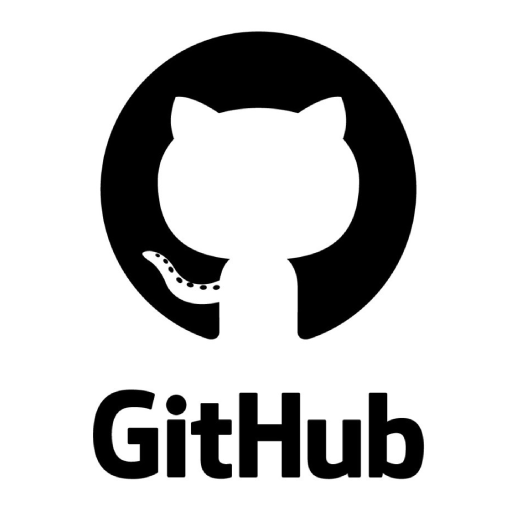
线程或进程哪个更快
线程和进程的速度取决于任务的性质(I/O 密集型还是CPU 密集型)以及硬件资源(如 CPU 核心数)。以下是两者的对比和适用场景:
1. 线程(Thread)
线程是轻量级的,它们共享同一个进程的内存空间,因此线程之间的通信开销较小。线程适合以下场景:
适用场景:I/O 密集型任务
I/O 密集型任务是指程序的大部分时间花在等待外部资源(如文件读写、网络请求、数据库操作)上,而不是在 CPU 上进行计算。
由于 Python 的全局解释器锁(GIL),线程在同一时刻只能有一个线程在执行 Python 字节码,但对于 I/O 操作,线程可以释放 GIL,从而允许其他线程继续运行。
优点:
线程创建和切换的开销比进程小。
线程共享内存空间,通信效率高。
缺点:
受 GIL 限制,线程无法真正并行执行 Python 字节码(除非是 I/O 操作)。
线程之间共享内存,可能导致数据竞争和死锁问题。
示例任务:
网络爬虫(大量网络请求)。
文件读写操作。
数据库查询。
2. 进程(Process)
进程是重量级的,每个进程都有独立的内存空间。进程适合以下场景:
适用场景:CPU 密集型任务
CPU 密集型任务是指程序的大部分时间花在 CPU 上进行计算(如数学运算、图像处理、机器学习模型训练)。
由于每个进程都有独立的 GIL,因此多个进程可以真正并行运行在多核 CPU 上。
优点:
进程之间是完全独立的,避免了线程共享内存导致的数据竞争问题。
可以充分利用多核 CPU 的计算能力。
缺点:
进程创建和切换的开销较大。
进程之间的通信(如通过管道或队列)比线程慢。
示例任务:
数值计算(如矩阵运算)。
图像处理(如 OpenCV 操作)。
数据分析(如 Pandas 数据处理)。
3. 对比总结
4. 如何选择?
I/O 密集型任务:
使用线程更快,因为线程的上下文切换开销小,且可以释放 GIL 让其他线程继续运行。
示例:网络爬虫、文件读写、数据库操作。
CPU 密集型任务:
使用进程更快,因为进程可以绕过 GIL,充分利用多核 CPU 的计算能力。
示例:矩阵运算、图像处理、机器学习模型训练。
5. 实际测试
以下是一个简单的测试,比较线程和进程在 I/O 密集型任务和 CPU 密集型任务中的性能。
I/O 密集型任务测试
import time
from concurrent.futures import ThreadPoolExecutor, ProcessPoolExecutor
# 模拟 I/O 密集型任务
def io_task():
time.sleep(1) # 模拟 I/O 操作
return "I/O Task Done"
# 测试线程池
def test_threads():
with ThreadPoolExecutor(max_workers=10) as executor:
results = list(executor.map(io_task, range(10)))
return results
# 测试进程池
def test_processes():
with ProcessPoolExecutor(max_workers=10) as executor:
results = list(executor.map(io_task, range(10)))
return results
if __name__ == "__main__":
print("Testing I/O tasks with threads...")
start = time.time()
test_threads()
print("Threads time:", time.time() - start)
print("Testing I/O tasks with processes...")
start = time.time()
test_processes()
print("Processes time:", time.time() - start)
CPU 密集型任务测试
import time
from concurrent.futures import ThreadPoolExecutor, ProcessPoolExecutor
# 模拟 CPU 密集型任务
def cpu_task(n):
result = 0
for i in range(10**7):
result += i * n
return result
# 测试线程池
def test_threads():
with ThreadPoolExecutor(max_workers=10) as executor:
results = list(executor.map(cpu_task, range(10)))
return results
# 测试进程池
def test_processes():
with ProcessPoolExecutor(max_workers=10) as executor:
results = list(executor.map(cpu_task, range(10)))
return results
if __name__ == "__main__":
print("Testing CPU tasks with threads...")
start = time.time()
test_threads()
print("Threads time:", time.time() - start)
print("Testing CPU tasks with processes...")
start = time.time()
test_processes()
print("Processes time:", time.time() - start)
6. 测试结果(示例)
假设运行在一个 4 核 CPU 的机器上,结果可能如下:
I/O 密集型任务
Testing I/O tasks with threads...
Threads time: 1.01 seconds
Testing I/O tasks with processes...
Processes time: 1.50 seconds
CPU 密集型任务
Testing CPU tasks with threads...
Threads time: 10.20 seconds
Testing CPU tasks with processes...
Processes time: 3.50 seconds
7. 结论
I/O 密集型任务:线程更快,因为线程的上下文切换开销小,且可以释放 GIL。
CPU 密集型任务:进程更快,因为进程可以绕过 GIL,充分利用多核 CPU 的计算能力
根据任务的性质选择合适的并行化方法,可以显著提升程序性能。





